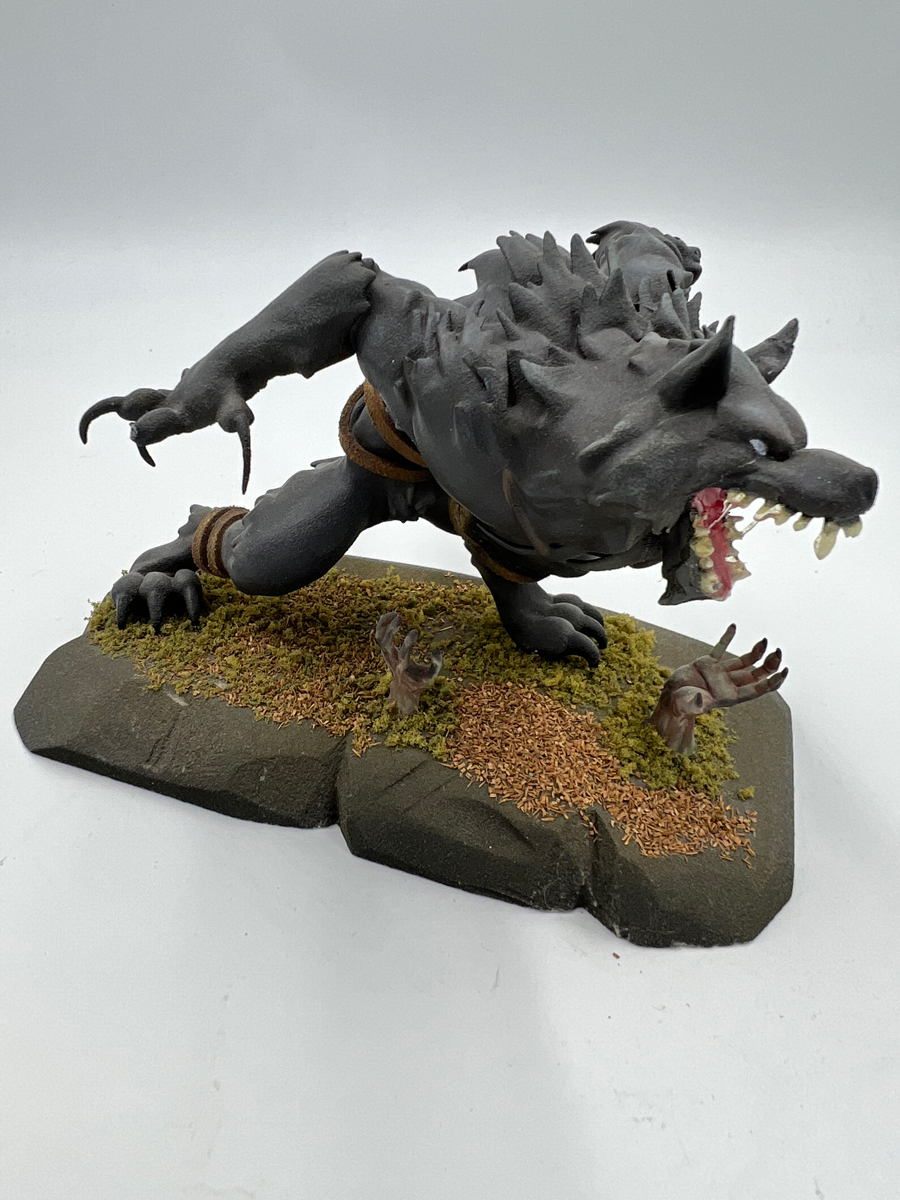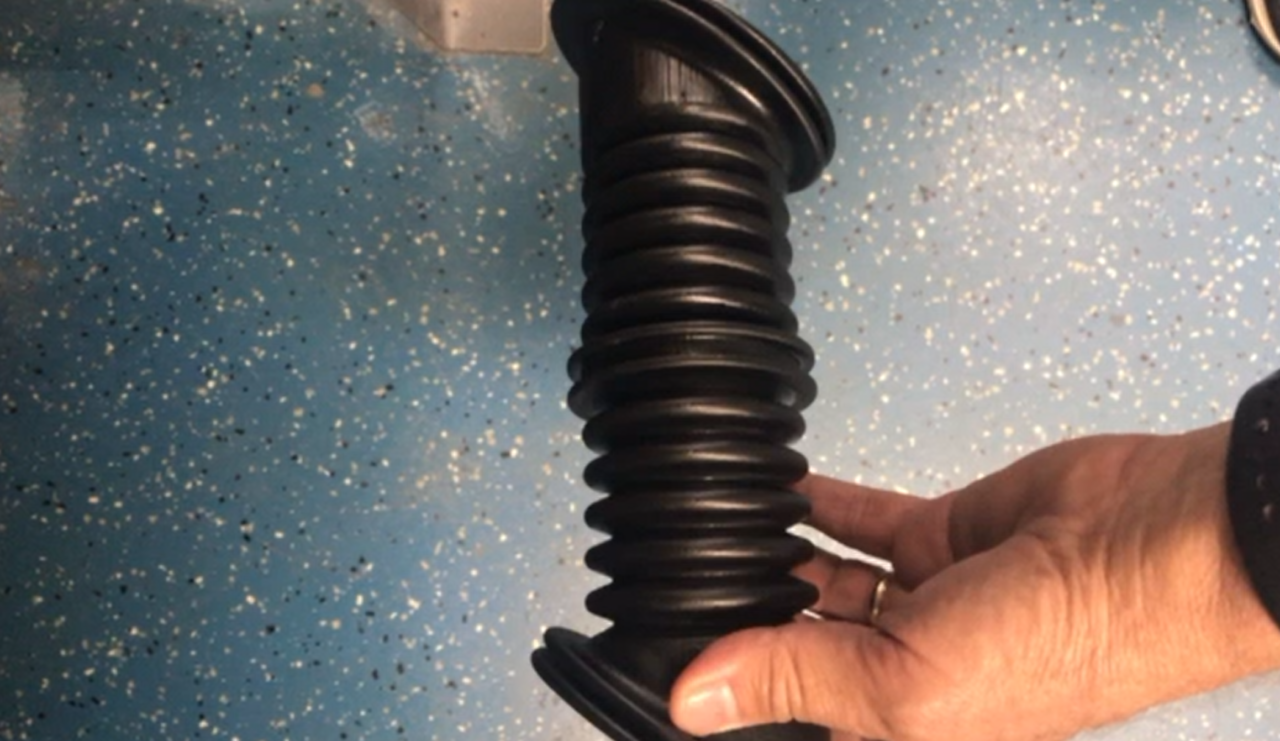Posts by Geoff Combs
Rapid Prototyping with Stereolithography (SLA)
Stereolithography (SLA), a revolutionary 3D printing technology developed nearly 40 years ago, is a cornerstone technology in additive manufacturing (AM) – a technology well-suited for rapid prototyping, offering unparalleled accuracy and detail. How SLA Works SLA utilizes ultraviolet (UV) lasers to cure thin layers of liquid resin into solid parts. The process begins with a…
Read MoreUnveiling the Prowess of HP Multi-Jet Fusion 3D Printing Technology
After being in the additive manufacturing business for the better part of three decades, we’ve seen and utilized many 3D printers. Some we really liked, and others are not worth the hype. One model we’ve stood by and operate every day is the HP Multi-Jet Fusion 3D Printer. Whether we are producing prototypes or are…
Read More3D Printing: Transforming Prototyping to Production
Additive manufacturing technology is growing and continues to have a significant impact on design and assembly. This boon to innovation has just begun to reveal its potential for companies and creators globally. The world of manufacturing has undergone a large revolution thanks to the emergence of 3D printing. This technology, once seen as a novelty,…
Read MoreA few spooky 3D prints for Halloween
Happy Halloween all! In the spirit of the season, we’ve conjured up some chilling 3D prints created by our employees. These are no ordinary creations, my friends – they’re haunted, bewitched, and ready to send shivers down your spine!
Read MoreAerosport Additive Earns ISO 9001:2015 Certification
For over 25 years, Aerosport Additive has served 1000’s of satisfied clients from many disciplines, including automotive, medical, electronic, military, aviation, toy, consumer, and more. We research and invest in the latest technologies and operating processes each year to help our customers stay competitive in the marketplace. Thus, we are very proud to announce that…
Read MoreAerosport Receives Additional HP MJF and SLS Printer for Added Capacity!
PRESS RELEASE: The Future of 3D Printing Arrives at Aerosport
The most accurate 3D printer ever is now being used at Aerosport Additive! As an early adopter, they now have access to the new industry standard in the 3D printing and additive manufacturing industry. Interested in hearing more about this printer and how Aerosport can help you? Reach out to us today! CLICK…
Read MorePRESS RELEASE: The Latest from Desktop Metals & ETEC
Desktop Metal has announced an all-new category of 3D printable resins called DuraChain™ that delivers two-part material strength in a single pot. End-use products such as core components on the DustBuddie from Dustless Tools are already being 3D printed domestically in DuraChain category materials. (Photo: Business Wire) For the full press release Desktop Metal’s…
Read MoreThe 3d Printed Dragon is Back with New Adaptive 3D ETR 70 Material
3D Printing a Dragon with Adaptive 3D ETR 70 material – Finished Model Our 3D printed dragon returns! This time with our Adaptive 3D ETR 70 material. Send us a message and we can provide you with a fast and easy quote! Click HERE to get started.
Read MoreAerosport DLP tough Rubber Printing
Aerosport’s DLP tough Rubber printer can run parts like this one shown in this video. The part is made with ETR’s Shore A 70 material for use in both prototype & production applications. To learn more about this machine, process and materials visit: https://aerosportadditive.com/dlp-tough-rubber/
Read More






